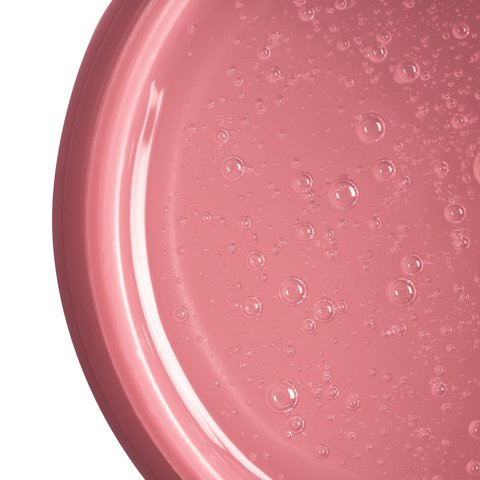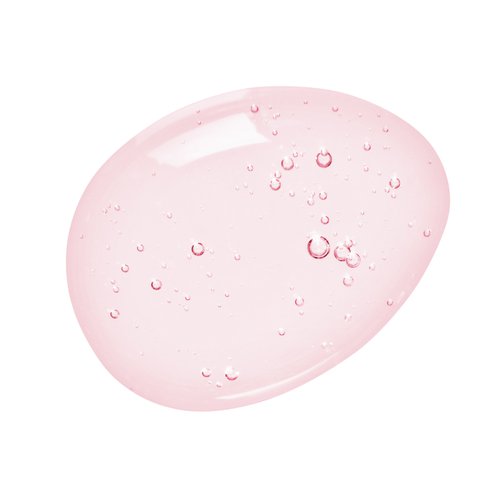UTIs, gut flora & E.Coli

Urinary tract infection is a common ailment faced by mainly women, but often men too. Urinary tract infection is caused by pathogenic microbes originating mainly from the intestine. These germs pass from the urethra to the bladder, attacking the urinary system, causing inflammation.
A UTI is a term that refers to infections of the urinary tract caused by microorganisms, such as bacteria, viruses, and fungi. While different types of bacteria are responsible for urinary tract infections, 75 percent of cases are caused by Escherichia Coli, the well-known E. coli found in the gut.
UTI symptoms
The most common early symptoms, which can worsen as the infection progresses, are:
- pain or burning when urinating
- cloudy or off-smelly urine
- pains in the lower abdomen
- frequent urination
What causes a UTI?
A UTI usually occurs when harmful bacteria move from the skin or rectum into a person's urethra. Although the bacteria can affect many parts of the urinary tract, the most common infection occurs from the lower urinary tract up to the bladder.
Women tend to face UTIs more frequently than men, probably eight times more, due to anatomical differences. Anatomically a woman's urethra is shorter and closer to the rectum than a man's. Many lifestyle factors put a person at risk for a UTI, including sexual activity, structural changes in the urinary system, such as in men, an enlarged prostate, and poor hygiene.
People who get a UTI are more likely to get it again. Recent research shows that 25 percent of women will develop a second UTI within six months of the first.
E. Coli, microbiome and urinary tract infections
UTIs are significantly related to the health of the gut microbiome. Escherichia coli (E. coli) lives in the human gut, but when it moves into the urinary tract, it can cause related problems. Although about 80 percent of cases involve these bacteria, other harmful bacterial strains can be present, as research shows, as well as differences and imbalances in the gut microbiome.
A recent study in women showed similar levels of E. coli in the gastrointestinal tracts of those with frequent infections compared to those without recurrent infections. In women, the vaginal microbiome is a unique environment. Bacterial vaginitis, caused by the overgrowth of certain anaerobic species, increases the risk of UTI.
Some bacteria promote the growth of other infecting microorganisms. For example, Enterococcus faecalis can stimulate the growth and survival of E. coli. Research reveals that even light exposure to Gardnerella vaginalis can activate E. Coli, which might remain dormant in the bladder.
How can it be treated?
Although antibiotics can reduce the symptoms, this solution is only temporary since the underlying problem is not treated. Even with the continued use of antibiotics for recurrent UTIs in women, the bacterial strains of the gut that cause the UTI are not permanently eliminated.
People who have frequent urinary tract health issues should have their gut microbiome evaluated. Optimizing the gut microbiome's health is necessary to boost the population of beneficial bacteria in the gut through diet or daily intake of nutritional supplements.
40 Billion Live is a high-potency formula with forty billion live beneficial bacteria from 13 strains that develop and balance the normal intestinal flora, thus strengthening the body's protection against pathogenic organisms of the digestive system.
The biological activity of Lactobacilli and Bifidobacteria probiotic strains is due to a large extent to their ability to attach to enterocytes and thus inhibit the binding of pathogenic intestinal bacteria, contributing to the good functioning of the digestive system and maintaining the balance of the digestive system microflora.



